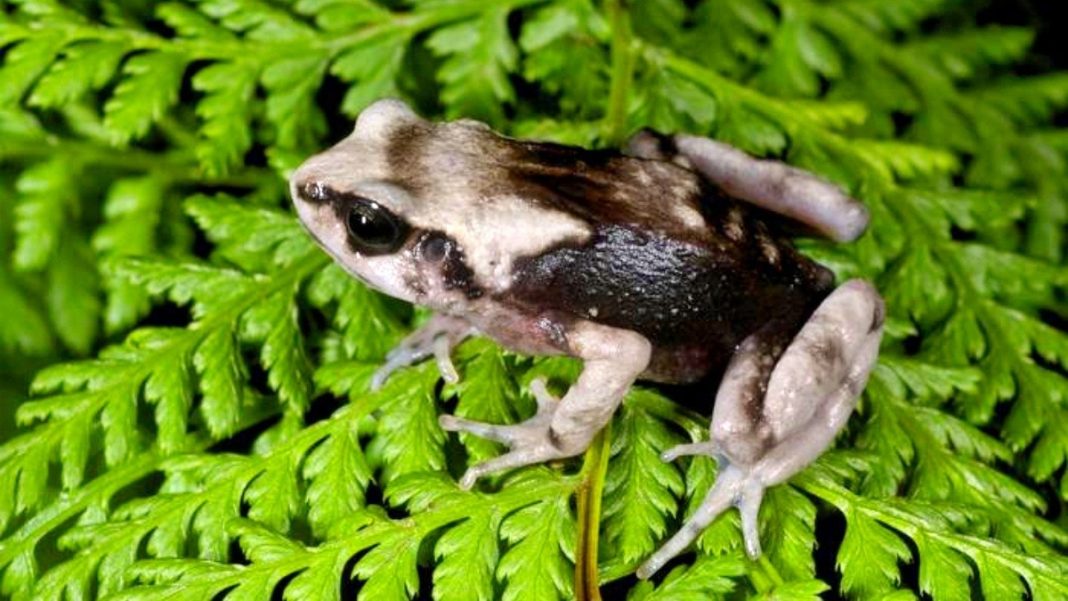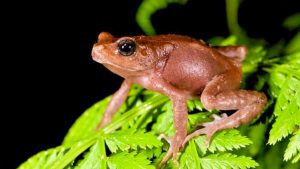Key Takeaways
- Three new tree toad species discovered in Tanzania give live birth, skipping tadpole stage
- This reproductive method (ovoviviparity) occurs in less than 1% of amphibian species
- Species inhabit threatened forests of Tanzania’s Eastern Arc Mountains
- Discovery challenges standard amphibian biology textbooks
Scientists have discovered three remarkable tree toad species in Tanzania that defy conventional amphibian reproduction by giving live birth to fully formed toadlets, completely bypassing the tadpole stage.
The newly identified species—Nectophrynoides luhomeroensis, N. uhehe, and N. saliensis—belong to the rare genus of “Tree Toads” known for their exceptional reproductive strategy called ovoviviparity.
Rare Live Birth in Amphibians
Unlike most frogs and toads that lay eggs which hatch into tadpoles, female Tree Toads internally fertilize and carry their offspring to full development, releasing tiny fully formed toads directly. This reproductive method is exceptionally rare among amphibians, practiced by less than 1% of frog species worldwide.
Assoc. Prof. Mark D. Scherz from the Natural History Museum Denmark confirms that the classic frog life cycle of egg to tadpole to adult is far from universal, with these toads representing a remarkable exception.
Conservation Concerns
The three species inhabit the fragmented forests of Tanzania’s Eastern Arc Mountains, a global biodiversity hotspot renowned for high species endemism. These delicate habitats face increasing threats from human activities including deforestation and mining.
Conservation concerns are particularly urgent as some species within this genus are critically endangered or already extinct in the wild, such as Nectophrynoides asperginis.
Groundbreaking Research Methods
The research team utilized innovative museomics techniques, analyzing DNA from preserved specimens collected over a century ago. This approach helped confirm the identification and diversity of these newly discovered toads.
The study, published in Vertebrate Zoology, emphasizes that protecting these forest habitats is critical to preserving one of nature’s most unusual reproductive strategies and the region’s unique biodiversity for future generations.





